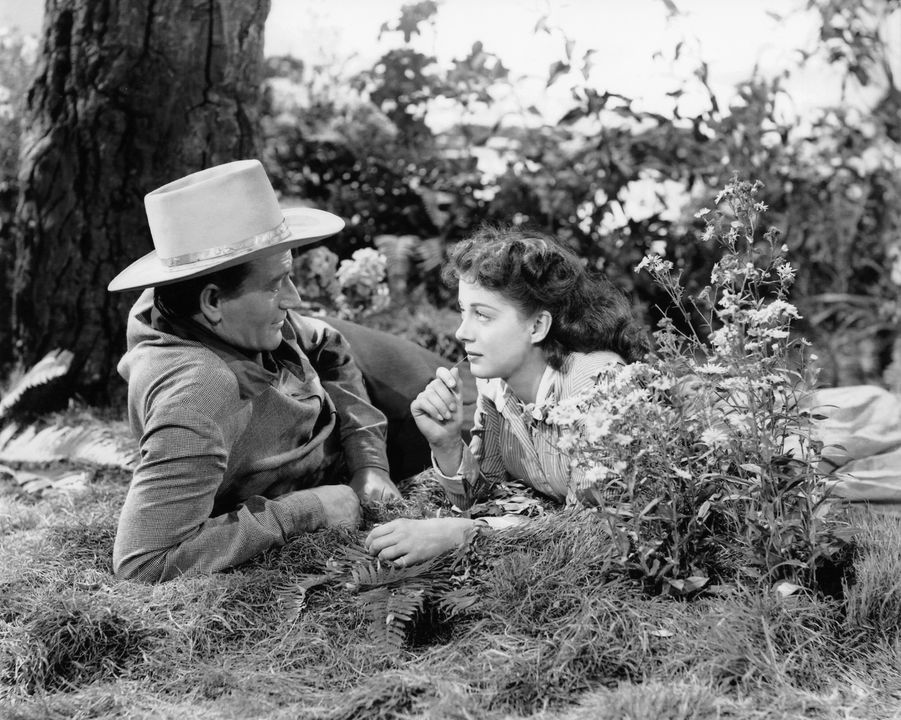
Mother nature paints a colorful landscape in the wilderness with flowers, grasses andplants of almost every shape and hue, adding to the pleasure of spending time in the great outdoors. However, many of these plants are best observed from a distance; woe to the hiker or camper who beds down in a patch of poison ivy or treats the berries of a nearby tree like free samples from your local supermarket. Your best protection against accidental poisoning is knowing the plants specific to the area, usually gleaned from a local guidebook, but here are a couple of general guidelines that should keep you safe.
1. BASIC MATH
The old adage “Leaves of three, let it be!” isn’t the most scientific but can help you avoid poison ivy and poison oak—though some species of both contain more than three leaves. And other plants such as poison sumac can have as many as 13 leaves but still give you an itchy rash upon contact. That said, avoiding any plant with three leaves is a good rule to follow—just don’t let it be the only one.
2. BROAD BAN
If you’re trying to determine if a plant is a suitable candidate to include in a survival situation salad, it’s better to play it safe than sorry. After all, you can go quite a long time withoutany food, but a bout of poisoning can leave you incapacitated or worse. Keep away from any plants that produce a milky, white sap when broken, as well as any that look hairy, have white berries or shiny leaves. And, steer clear of mushrooms and berries you can’t confidently identify.
3. GET GRASS
While maybe not the most appealing meal, all grasses are safe to eat. You shouldn’t just swallow them whole, but chew the leaves and swallow the (albeit meager) juice they produce. Bon appetit!
This post was derived from “The Official Handybook for Men” by James Ellis. For more handy tips, you can purchase the book from our online store.


